
About World Meteorological Organisation (WMO):
- It is a specialized agency of the United Nations (UN).
- It is the UN system's authoritative voice on the state and behavior of the Earth's atmosphere, its interaction with the oceans, the climate it produces, and the resulting distribution of water resources.
- It originated from the International Meteorological Organization (IMO), which was founded in 1873.
- Established in 1950, WMO became the specialized agency of the UN for meteorology (weather and climate), operational hydrology and related geophysical sciences.
- Headquarters: Geneva, Switzerland.
- Currently it has a membership of 187 countries.
- Governance Structure:
- Its supreme body is the World Meteorological Congress, which consists of representatives of all members. It meets at least every four years to set general policy and adopt regulations.
- A 36-member Executive Council meets annually and implements policy.
- The Secretariat, headed by a secretary-generalappointed by the congress for a four-year term, serves as the administrative centre of the organization.
- Six regional associationsaddress problems peculiar to their regions.
- Eight technical commissions.
- Major Programmes:
- World Weather Watch: A system of satellites and telecommunication networks connecting land and sea sites for monitoring weather conditions.
- World Climate Programme: It monitors climate change, including global warming.
- Atmospheric Research and Environment Programme: Designed to promote research on issues such as ozone depletion.
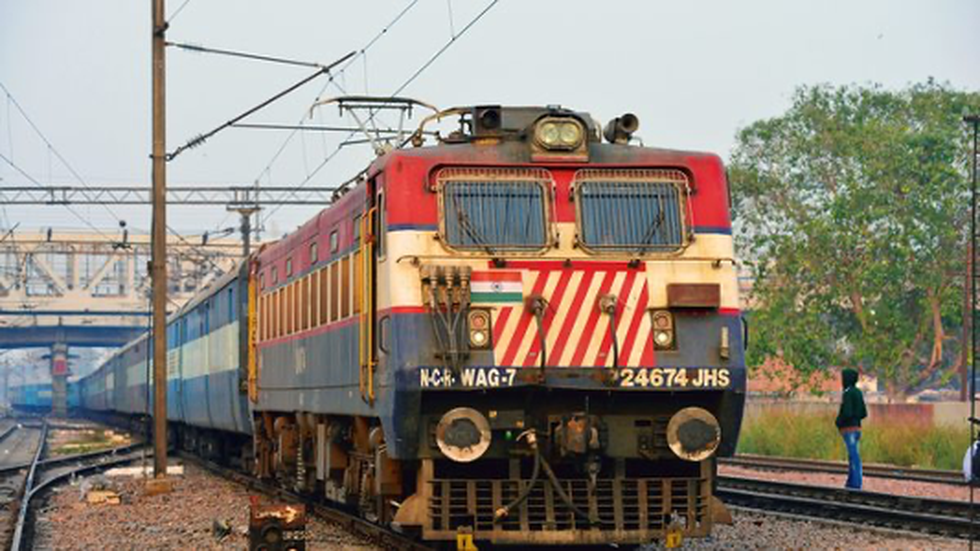
About Real Time Train Information System (RTIS) project:
- RTIS devices that use satellite imagery are being installed on the trains to automatically acquire its “movement timing at the stations, including that of arrival and departure or run-through”.
- These timings get automatically plotted on the control chart of those trains in the Control Office Application (COA) system.
- The project is executed by the Centre for Railway Information Systems (CRIS).
- RTIS is developed in collaboration with ISRO. ISRO has launched GSAT satellites that have GAGAN payloads for tracking the movement of trains.
- Applications of RTIS:
- RTIS gives mid-section updates with a periodicity of 30 seconds.
- The Train Control can now track the location and speed of RTIS-enabled locomotives/train more closely, without any manual intervention.
- It allows passengers to get the real-time location or train running status of a train on their smartphone.
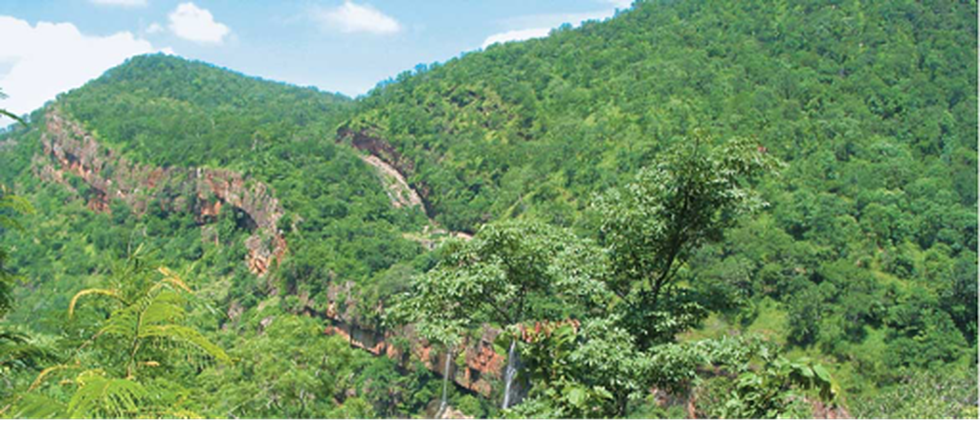
About Nallamala Forest:
- It is one of the largest stretches of undisturbed forest in South India, apart from the Western Ghats.
- Location:
- It is spread over five districts in the Indian states of Andhra Pradesh and Telangana.
- It is located in Nallamala Hills, which is a part of the Eastern Ghats.
- It lies south of the Krishna river.
- The forest has a good tiger population, and a part of the forest belongs to the Nagarjunsagar-Srisailam Tiger Reserve, the largest tiger reserve in the country.
- Climate:
- It has a warm to hot climate throughout the year, with summer especially hot and winters mostly cool and dry.
- It gets most of its rain during the South West monsoon.
- Vegetation: Tropical dry deciduous.
- Flora: It harbors endemic species like Andrographis nallamalayana, Eriolaena lushingtonii, Crotalaria madurensis var, Dicliptera beddomei and premna hamitonii.
- Fauna: It is home to as many as 700 species of animals besides tigers, leopards, such as black buck, wild hog, peacock, pangolin, Indian Python and King Cobras and several rare bird species.

About Open Network for Digital Commerce (ONDC):
- It is an open-source network set up to enable buyers and sellers to transact with each other irrespective of the e-commerce platform on which either of them are registered.
- It is an initiative of the Department for Promotion of Industry and Internal Trade (DPIIT) under the Ministry of Commerce and Industry.
- It comprises of buyer-side apps where consumers can place orders, seller-side apps that onboard merchants and display their listings, and logistics platforms that handle deliveries.
- Aim:
- To promote open networks for all aspects of exchange of goods and services over digital or electronic networks.
- To create new opportunities, curb digital monopolies and by supporting micro, small and medium enterprises and small traders and help them get on online platforms.
- It seeks to democratise digital or electronic commerce, moving it from a platform-centric model to an open-network.
- Benefits:
- It offers small retailers an opportunity to provide their services, and goods to buyers across the country through an e-commerce system.
- ONDC enables merchants to save their data to build credit history and reach consumers.
- It is expected to digitise the entire value chain, promote inclusion of suppliers, derive efficiencies in logistics and enhance value for consumers.
- ONDC protocols would standardize operations like cataloguing, inventory management, order management and order fulfilment.
5. International Big Cat Alliance (IBCA)
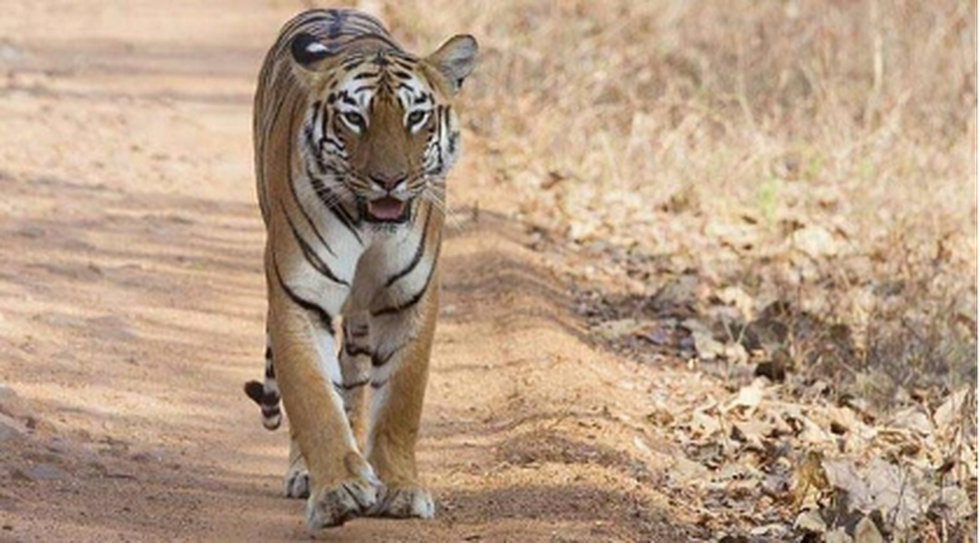
About International Big Cat Alliance (IBCA):
- It is a proposed mega-global alliance that will work toward the protection and conservation of the seven major big cats — tiger, lion, leopard, snow leopard, puma, jaguar, and cheetah.
- Membership to the alliance will be open to 97 'range' countries, which contain the natural habitat of these big cats, as well as other interested nations, international organizations, etc.
- The alliance's purpose is to provide a platform for the dissemination of information on benchmarked practices, capacity building, resources repository, research and development, awareness creation, etc., on the protection and conservation of big cats.
- Its major activities will include advocacy, partnership, knowledge e-portal, capacity building, eco-tourism, partnerships between expert groups and finance tapping.
- After the first five years, which will be supported by India's 'total grant assistance' of $100 million, the IBCA is expected to sustain itself through membership fees, and contributions from bilateral and multilateral institutions and the private sector
- Governance Structure:
- A General Assembly consisting of all member countries.
- A Council of at least seven but not more than 15 member countries elected by the General Assembly for a term of 5 years, and a Secretariat.
- Upon the recommendation of the Council, the General Assembly will appoint the IBCA Secretary General for a specific term.

About the ASEAN-India Business summit:
- It is being held as part of the ASEAN-India Year of Friendship to commemorate the more than three-decade-long engagement between India and the 10-member bloc in Kuala Lumpur.
Key facts about ASEAN
- It is a group of the Association of Southeast Asian Nations, which was established in 1967 with the signing of the Bangkok declaration.
- Founding members: Indonesia, Malaysia, Philippines, Singapore and Thailand.
- Presently ASEAN comprises 10 member states namely Indonesia, Malaysia, Philippines, Singapore, Thailand, Brunei, Laos, Myanmar, Cambodia and Vietnam.
- It promotes intergovernmental cooperation and facilitates economic, political, security, military, educational, and sociocultural integration between its members and other countries in Asia.
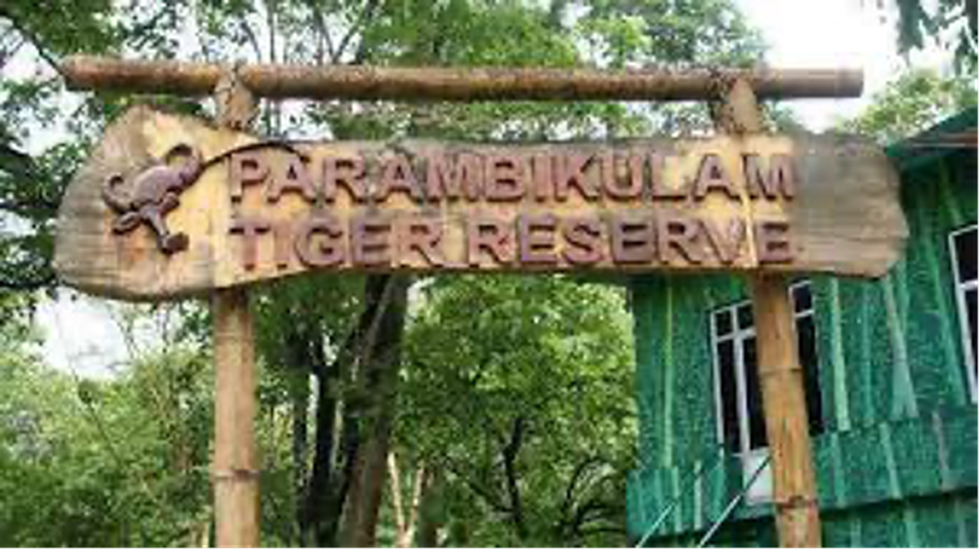
About Parambikulam Tiger Reserve:
- Parambikulam is one of the premier Tiger Reserves of India and is endowed by nature in terms of species, habitat and ecosystem diversity.
- It is located in the Palakkad District of Kerala and lies in between the Anamalai hills and Nelliampathy hills of the Southern Western Ghats.
- Flora: It supports diverse habitat types namely; evergreen forests, moist and dry deciduous forests and grasslands.
- Fauna: Lion-tailed macaques, Malabar giant squirrel and Flying squirrel, Tarantula (large-bodied spiders) etc.
- There are several endemic, rare, endangered and threatened (RET) species of flora and fauna adding to the diversity of the Reserve. To name a few,
- Coscinium fenestratum and Utleria salicifolia (the IUCN ‘red listed’ medicinal plants endemic to Anamalais)
- Tomopterna parambikulamana (an endemic frog of Parambikulam)
- Garra surendranathanii (an endemic sucker fish)

About Point Calimere Wildlife Sanctuary:
- Point Calimere Wildlife Sanctuary was established in the year of 1967 and is situated in the state of Tamil Nadu.
- It houses the famous bird sanctuary of Vedaranyam and the Talaignayar forests.
- It is flanked by the Bay of Bengal in the east, and Palk Strait in the south.
- It primarily focuses on the protection and conservation of the black antelopes, an endangered and endemic species that are found in this region.
- It is designated as a Ramsar site.
- Flora: It has mangroves, tropical evergreen forests, and grassland ecosystems.
- Fauna: Wild boar, macaque, black buck, chital, Great flamingo, Painted Stork, Little Stint, Seagull and Brown-headed gull are normally found in the sanctuary.

About the National Platform for Disaster Risk Reduction (NPDRR):
- It was established by the Indian government in 2013 to bring together all segments of the disaster risk community in India, including government officials, parliamentarians, mayors, the media, international agencies, non-governmental organisations, representatives from local communities, scientific and academic institutions, and corporate businesses, among others.
- The theme of this year’s session: “Building Local Resilience in a Changing Climate
- Functions: It facilitates the exchange of experiences, views, and ideas, presents the results of research and action, and explores the possibility of cooperating across continents.
- As a result of this platform, National Action Plans on Disaster Risk Reduction will have a strategic direction and an action plan.
- Organisational Structure: The Union Home Minister chairs the NPDRR, which is also headed by the Minister of State in charge of Disaster Management in the Ministry of Home Affairs and Vice-Chairman of, the National Disaster Management Authority.
- In the Ministry of Home Affairs, the Special Secretary/Additional Secretary/Joint Secretary responsible for the Disaster Management Division acts as the convener of NPDRR
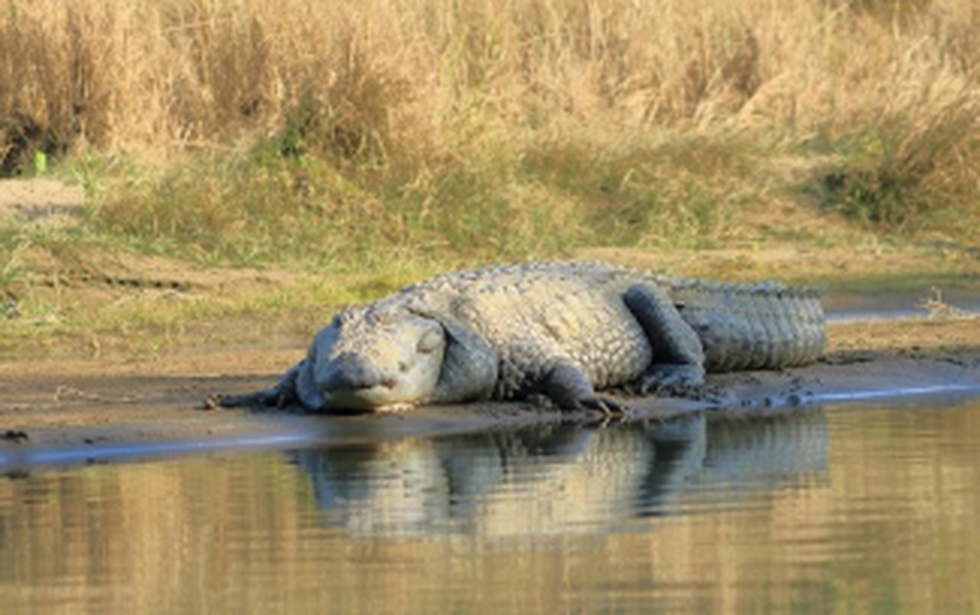
About Mugger Crocodiles:
- The mugger or marsh crocodile is one of the 24 extant species of crocodilians found globally.
- It is native to freshwater and inhabits marshes, lakes, rivers and artificial ponds.
- The mugger is found in 15 Indian states, with the largest populations in the middle Ganges (Bihar-Jharkhand) and Chambal (Madhya Pradesh, Gujarat and Rajasthan)
- They are found all over south Asia — India, Pakistan, Sri Lanka, Nepal and Bangladesh — as well as south-eastern Iran.
- Conservation status
- IUCN Red List: Vulnerable
- CITES Appendix I
Key facts about the Rapti River
- The Rapti originates in the Mahabharat Hills and lower range of the Himalayas and flows westward along the northern border of the Chitwan National Park.
- It drains the Rapti zone in Mid-Western Region in Nepal and then the Awadh and Purvanchal regions of Uttar Pradesh state in India.
- It joins the river Ghaghara which is a major left-bank tributary of the Ganga.


.jpg)
.jpg)


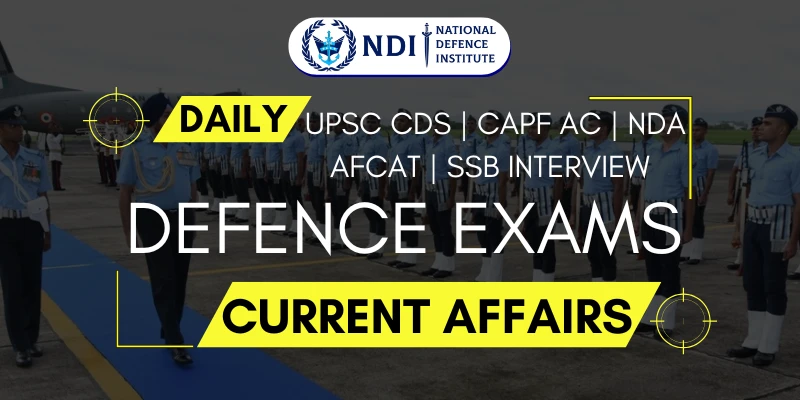





















































































































































.png)
.png)
.png)
.png)
.png)


.png)
.png)
.png)





.png)
.png)






.png)
.png)
.png)
.png)
.png)
.png)
.png)
.png)
.png)

.png)







.png)
.png)


.png)
.png)
.png)


.png)

.png)
.png)





.jpg)

.png)
.png)


.png)

.png)
.png)
.png)

.jpg)

.jpg)


.png)

.png)
.png)
.png)
.png)
.png)
.png)
.png)
.png)
.png)
.png)




.png)

.png)





.png)
.png)
.png)
.png)
.png)
.png)
.png)
.png)
.png)
.png)
.jpg)
.jpg)

.png)
.png)
.png)
.png)
.png)
.png)
.png)
.png)
.png)
.png)
.png)
.png)
.png)
.png)
.png)
.png)
.png)
.png)
.png)
.png)
.png)
.png)



.png)
.png)

.jpg)
.jpg)


.jpg)
.jpg)
.jpg)
.jpg)
.jpg)

.jpg)








.jpg)
.jpg)
.jpg)
.jpg)
.jpg)
























.jpg)


















.jpg)
.jpg)






























































































.jpg)
.jpg)


























.jpg)

.jpg)










.jpg)








.jpg)




.jpg)










.jpg)


















.jpg)












































.jpg)














.jpg)
.jpg)
.jpg)





.jpg)

.jpg)
.jpg)





































































.jpg)


































.jpg)
.jpg)
















































.jpg)












.jpg)


.jpg)




.jpg)
.jpg)
.jpg)

.jpg)
.jpg)
.jpg)
.jpg)

.jpg)
.jpg)
.jpg)

.jpg)
.jpg)
.jpg)
.jpg)
.jpg)
.jpg)
.jpg)
.jpg)

.jpg)


.jpg)
.jpg)
.jpg)
.jpg)
.jpg)
.jpg)
.jpg)
.jpg)
.jpg)
.jpg)











.jpg)
.jpg)





.jpg)
.jpg)
.jpg)
























.jpg)
























.jpg)









.jpg)
.jpg)







.jpg)
.jpg)









































.jpg)
.jpg)
.jpg)
.jpg)
.jpg)

.jpg)
.jpg)
.jpg)
.jpg)
.jpg)


.jpg)
.jpg)
.jpg)
.jpg)
.jpg)

.jpg)
.jpg)
.jpg)
.jpg)
.jpg)
.jpg)
.jpg)
.jpg)
.jpg)
.jpg)
.png)

.png)
.png)

.png)
.png)
.png)
.png)


.jpg)
.jpg)

.jpg)
.jpg)
.jpg)

.png)
.png)
.png)
.png)
.png)
.png)
.png)

.png)
.png)
.png)
.png)
.png)
.png)
.png)
.png)
.png)
.png)





































































-min.png)



.png)




.png)








































